The Early Iron Age of South Africa: Introduction
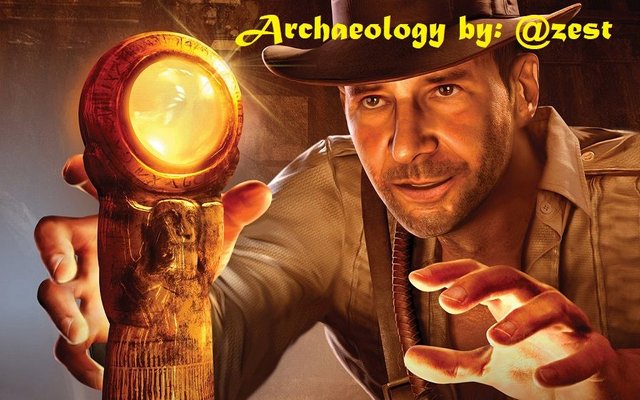
The Early Iron Age of South Africa: Introduction
Introduction
The beginnings of the Iron Age in Southern Africa is associated with the arrival of a new population group in the third century AD. These newcomers, who were most certainly speakers of Bantu languages, introduced a new way of life into areas that were occupied by Later Stone Age (San) hunter-gatherers and Khoekhoe herders. The distinctive features of the Iron Age are a settled village life, food production (agriculture and animal husbandary), metallury (the mining, smelting and working of iron, copper and gold) and the manufacture of pottery. It should be noted, however, that Iron Age and Later Stone Age groups co-existed for hundreds of years in many areas before the stone-tool-using groups were finally absorbed, conquered or displaced. It is also clear that the view that African farmers settled in South Africa only shortly before the advent of the colonial era is untenable. The archaeological evidence proves that, contrary to what has been suggested in earlier historical accounts and school textbooks, the earliest African agriculturists settled in South Africa more than a thousand years before the arrival of Jan van Riebeeck and the first permanent Dutch colonists at the Cape in 1652.
Although most Iron Age researchers are in agreement that these Early Iron Age inhabitants spoke some kind of Bantu language, opinions differ as to whether a link with the historically known African inhabitants of the subcontinent can be demonstrated. On the one hand, Revil Mason maintains that the historically known Sotho-Tswana can trace their roots to the Early Iron Age inhabitants of the South African interior.
In his view, the Broederstroom Early Iron Age sites near Brits (to the west of Pretoria) represents the origins of the Sotho-Tswana in the area north of the Vaal River. Whilst acknowledging a large measure of cultural continuity in the area settled by proto-Shona speakers in Zimbabwe during the first millennium AD, researchers such as TN Huffman and TM Evers argue that there is a cultural break between the Early and the Late Iron Age in areas occupied by the groups of people historically known as the Sotho-Tswana and the Nguni. According to Huffman and Evers, the arrival of the ancestral Nguni (the forebears of, among others, Zulu and Xhosa speakers) and Sotho-Tswana can be linked to migrations that occurred in the 11th and 13th centuries AD respectively. This inference is based on their identifying of a sharp break in ceramic style that occurred early in the second millennium AD.
Despite these conflicting opinions, the Iron Age is usually divided - somewhat arbitrarily - into an Early Iron Age and a Late Iron Age Complex. Phillipson (1977 & 1993) postulates that the Early Iron Age in sub-Saharan Africa was superseded by the Late Iron Age in about AD 100. Although convenient, this date, too, constitutes a rather arbitrary dividing-line, and a cultural sequence should preferably be established for each subregion. In this series of posts we shall focus on four topics, namely the origins of the Early Iron Age or Chifumbaze Complex; its spread to Southern Africa; discoveries at some important Early Iron Age sites; and the main features of the settlement pattern and subsistence practices of these early farming communities south of the Limpopo River. As will become evident from the following series of posts, archaeologists have conflicting views on most of these topics.
Images are linked to their sources in their description and references are stated within the text.
Thank you for reading
Thank you @foundation for this amazing SteemSTEM gif

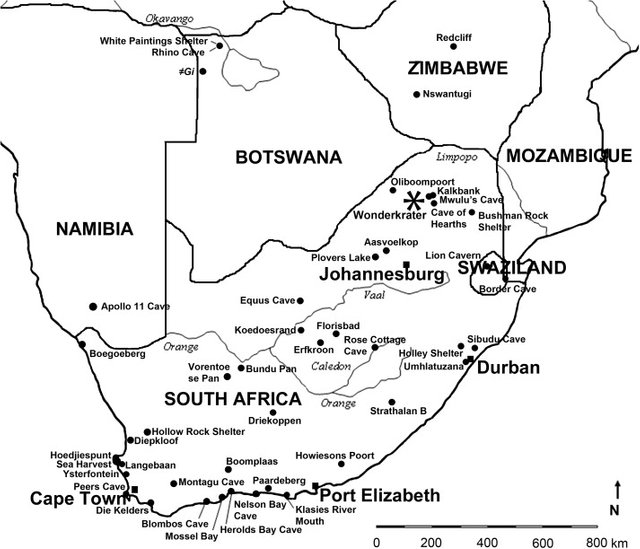
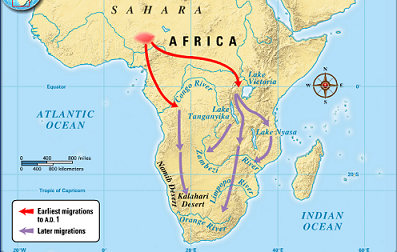
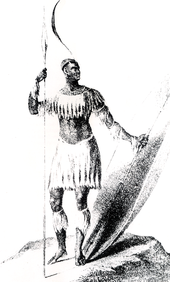
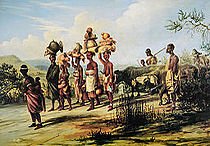
Master Piece...
This post is shorter than other posts I guess it's because it's an introduction. Thumbs Up, zest!!
Congratulations @zest, this post is the forth most rewarded post (based on pending payouts) in the last 12 hours written by a Superuser account holder (accounts that hold between 1 and 10 Mega Vests). The total number of posts by Superuser account holders during this period was 868 and the total pending payments to posts in this category was $3361.91. To see the full list of highest paid posts across all accounts categories, click here.
If you do not wish to receive these messages in future, please reply stop to this comment.